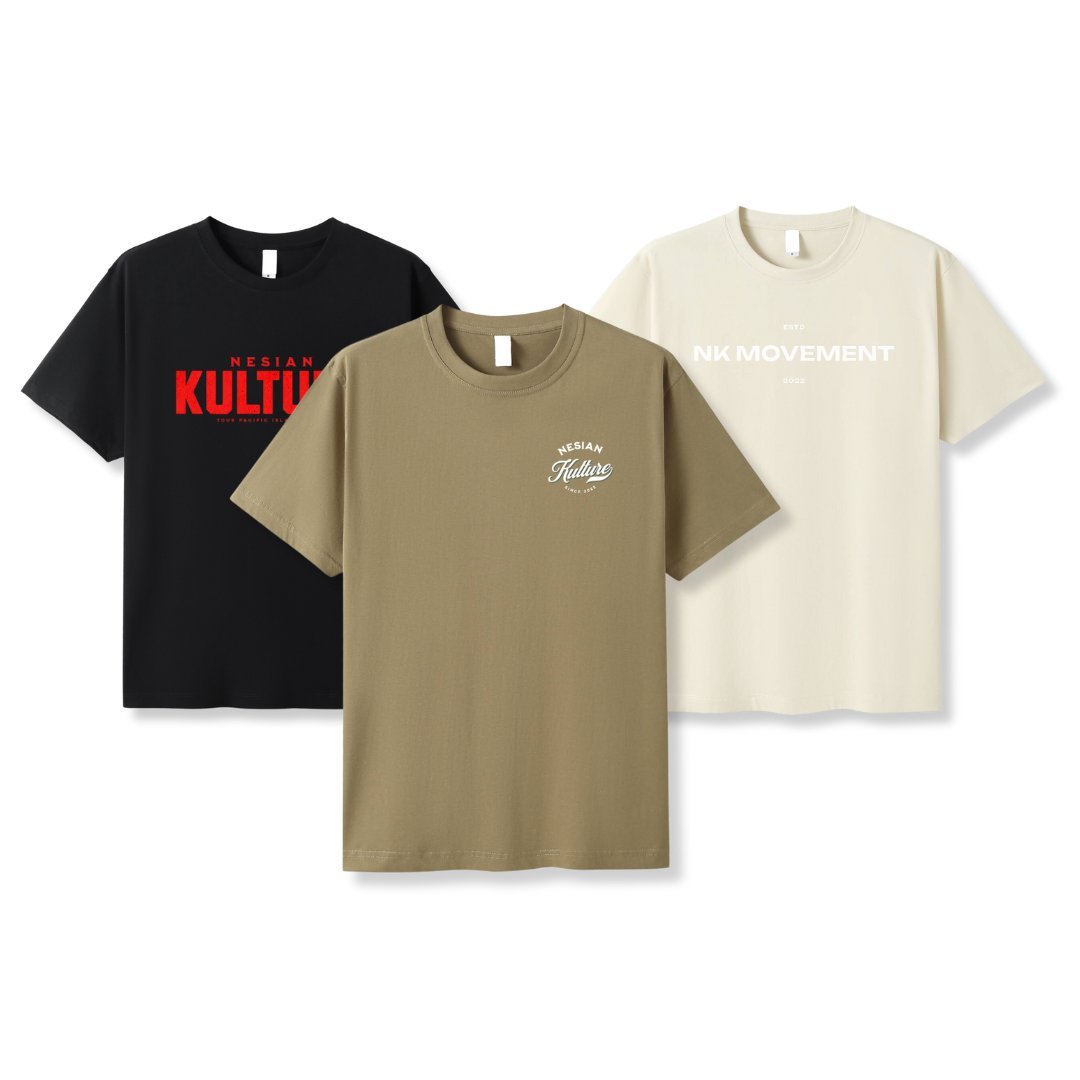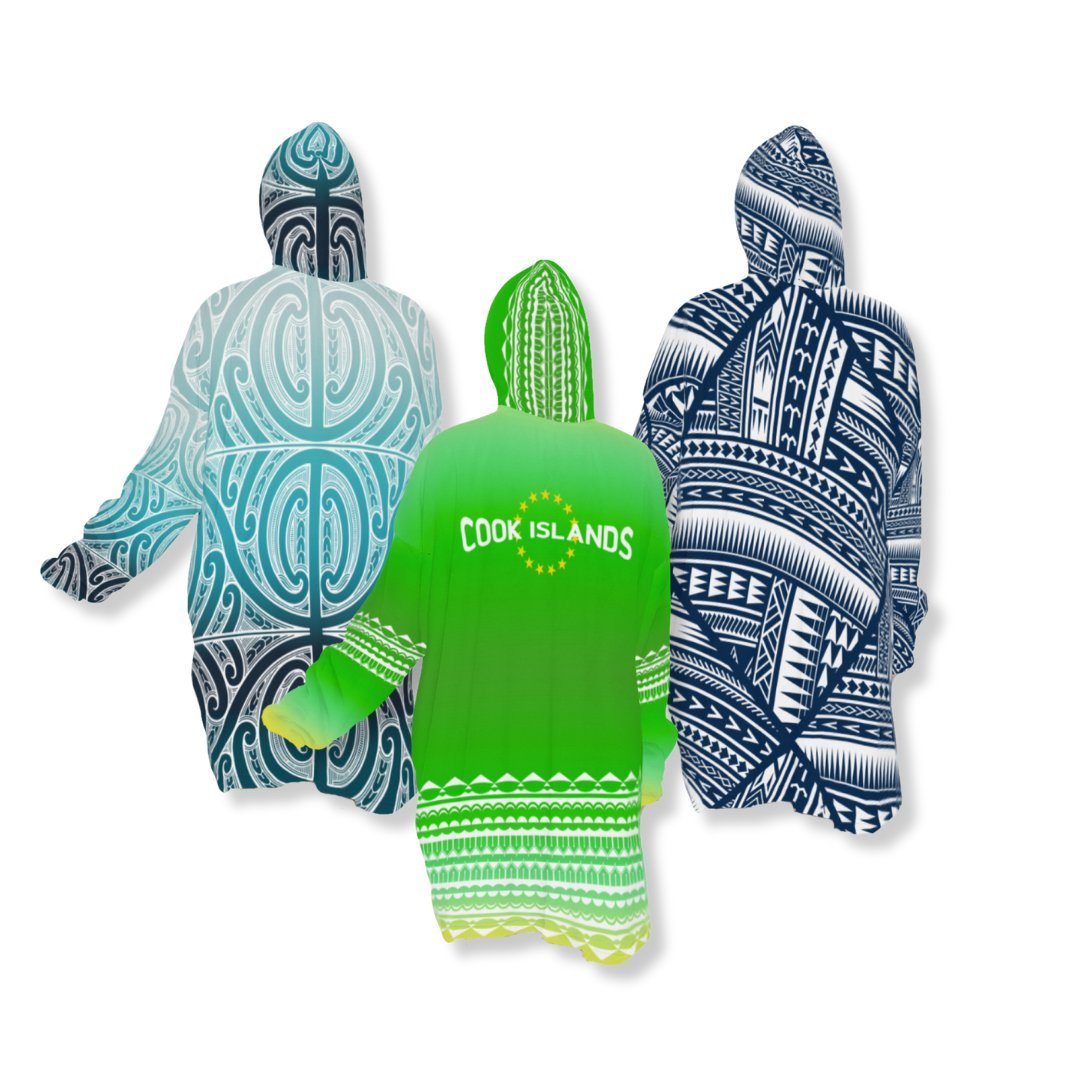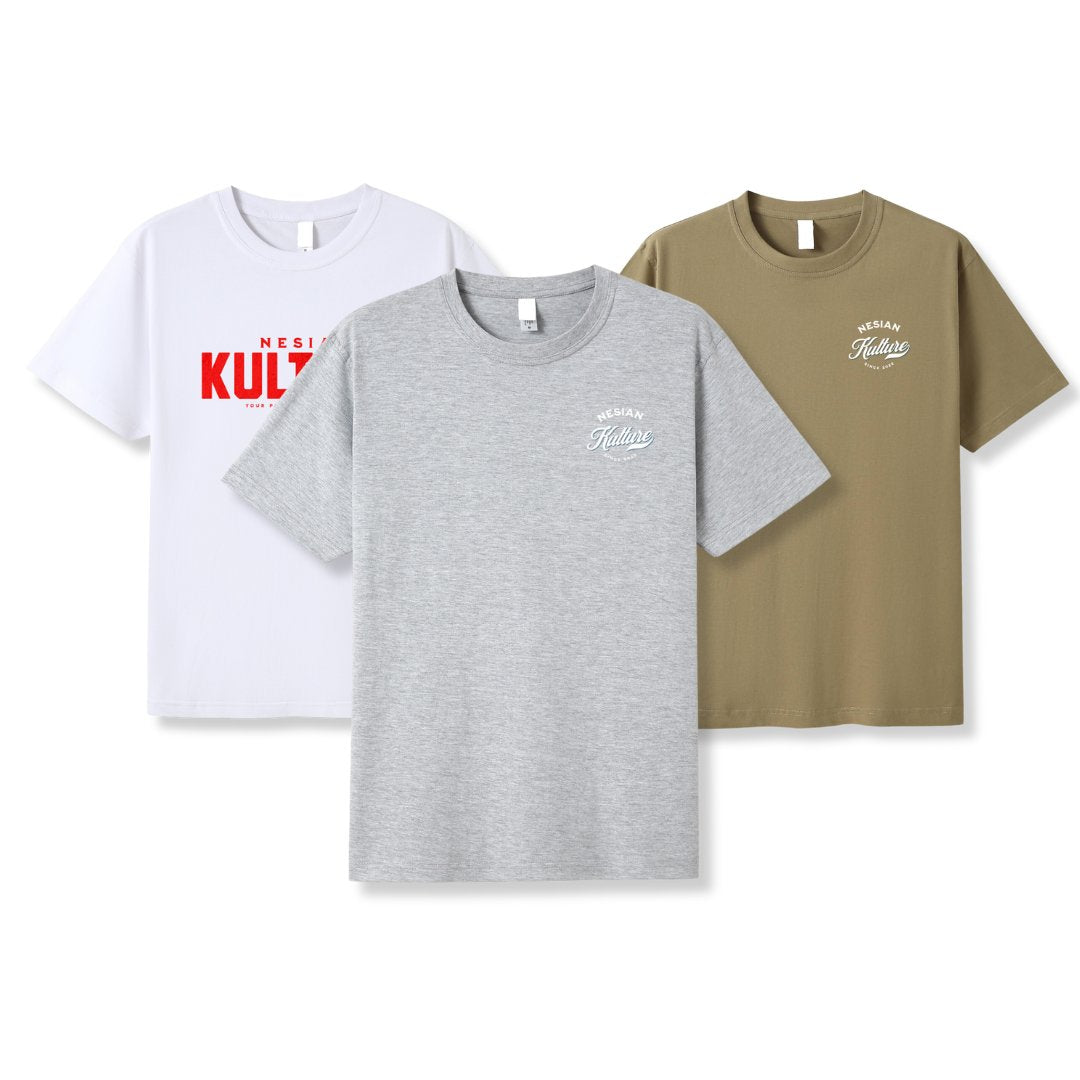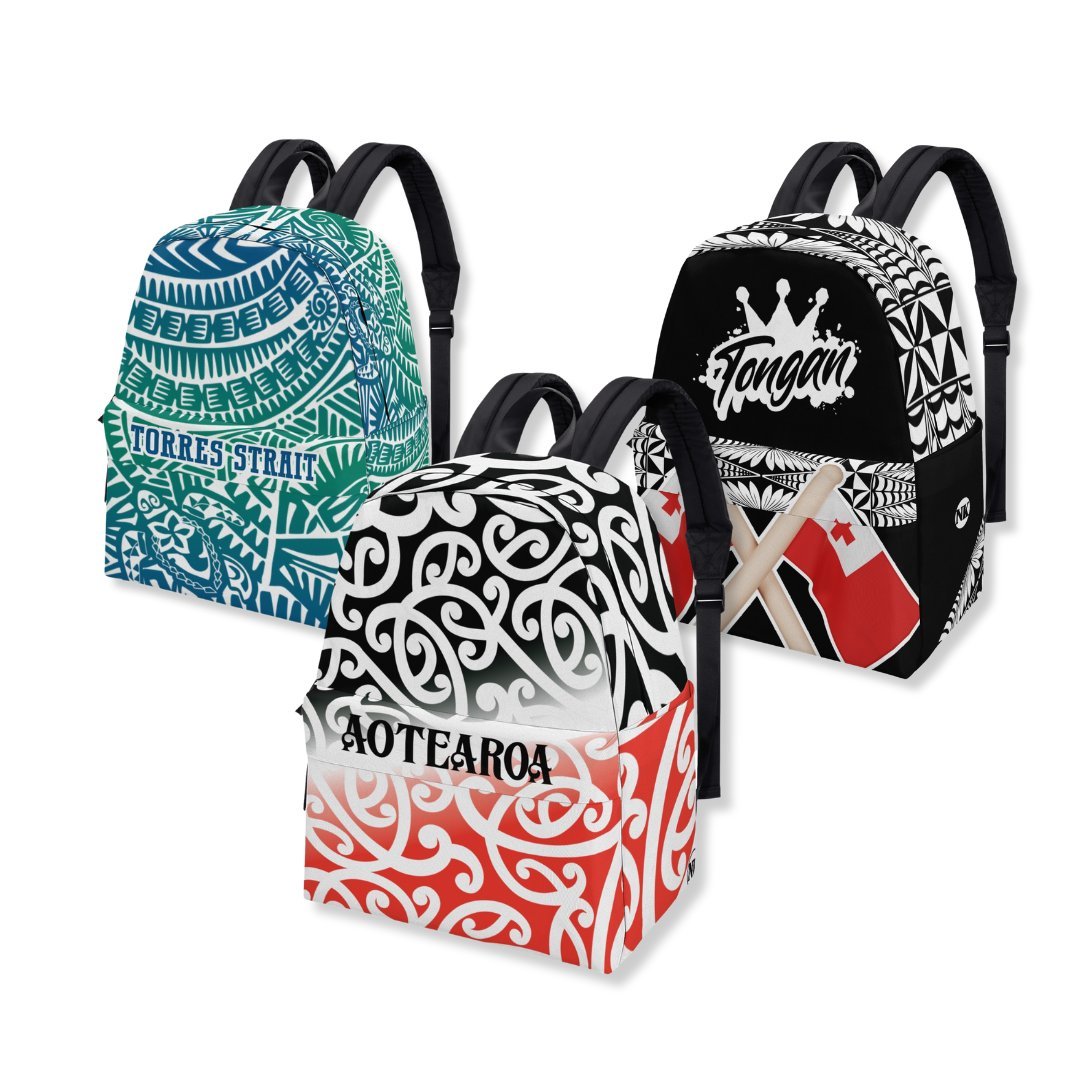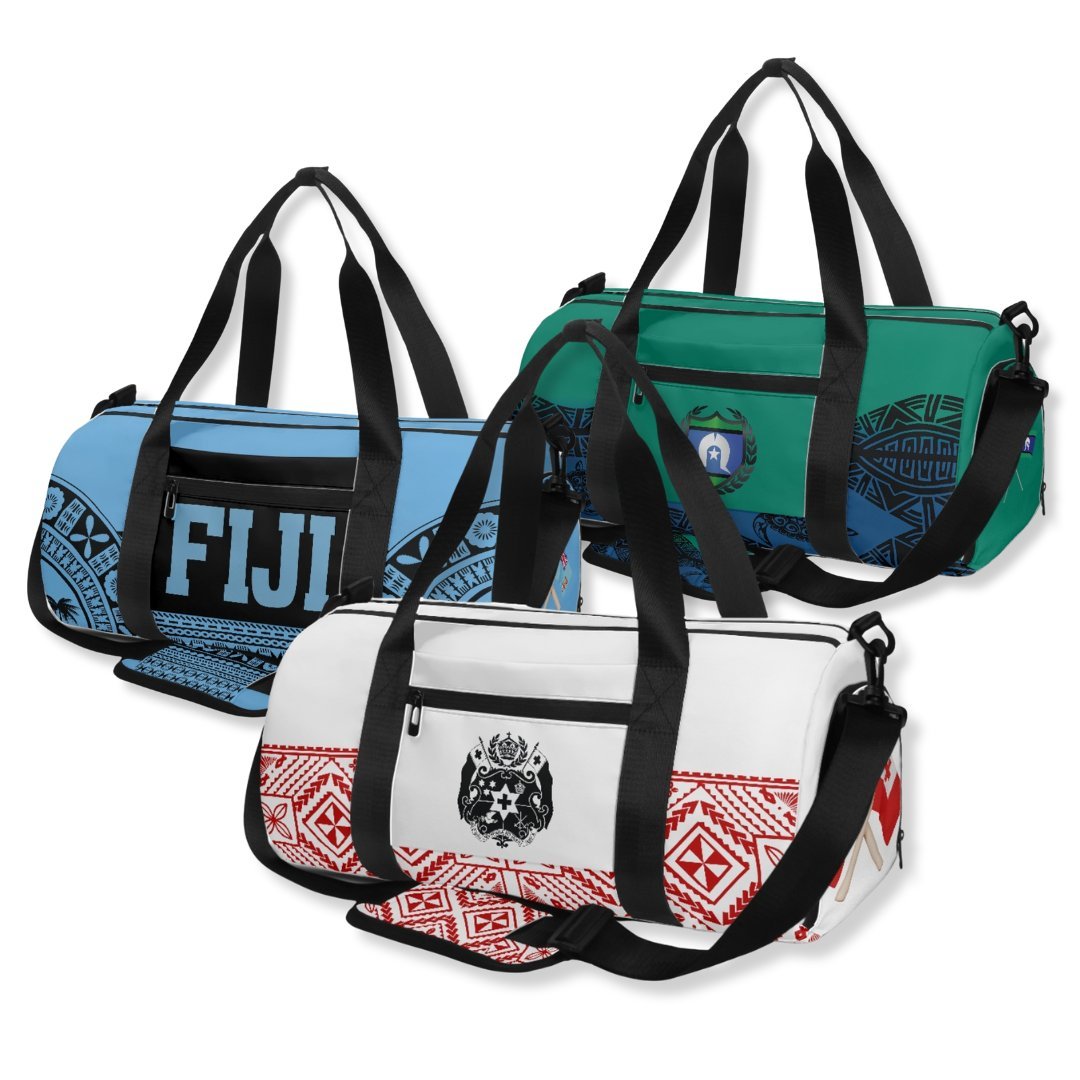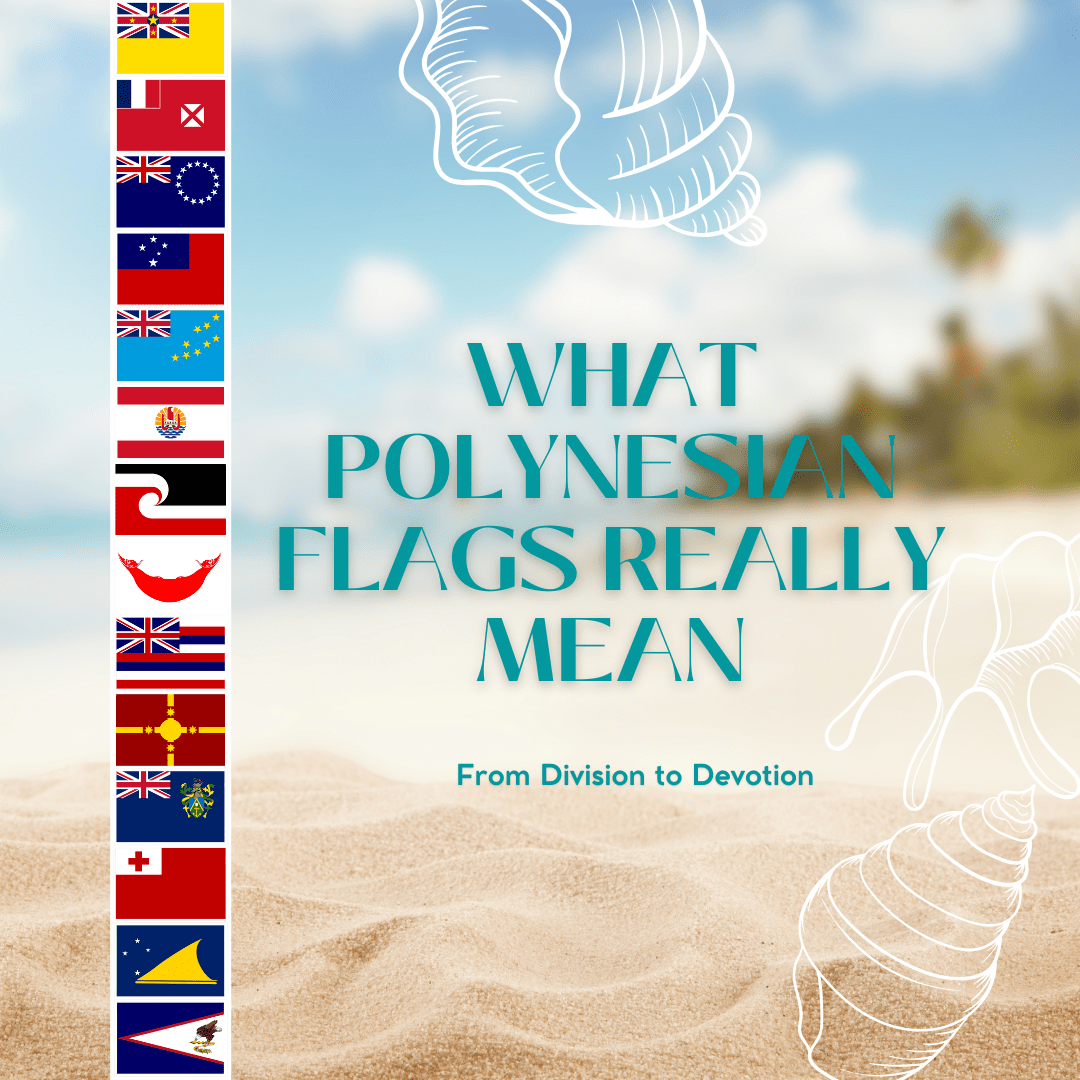Once upon a time, on the island of 'Eueiki, there lived an elderly couple named Fevanga and Fefafa. They had a daughter named Kava'onau, who was very sick with leprosy. It was a difficult time, with not much food to go around.
One day, a great chief named Momo, along with his group, arrived on the island after a long journey at sea. They were tired and hungry, looking for a meal. Fevanga and Fefafa heard about the chief's arrival and decided to prepare a feast for him. But here's the twist - they only had one kape plant (giant taro) on the island, and Fefafa went to get it to cook for the chief.
But, surprise! When she got to the kape plant, she found the chief resting underneath its shade. This left the elderly couple in a tough spot. They wanted to honor the chief with a good meal, but they had very little food to offer. So, out of love and duty to their chief, they decided to sacrifice their daughter as a tribute to feed the hungry visitors.
However, when the warriors and people with the chief found out about this, they told the chief what was happening. The chief felt sad and regretful, and he ordered his group to leave the island, leaving the girl in her 'umu grave.
As time passed, something extraordinary happened. Two plants began to grow from Kava'onau's grave. One was the kava plant, and the other was sugarcane (tō). The couple noticed that when a mouse chewed on the kava, it got all wobbly and drunk, but when it ate sugarcane, it became lively and ran away.
One day, a wise chief named Lō'au visited the island. When the elderly couple told him about the special plants, he advised them to take them to the Tu'i Tonga's compound. Lō'au introduced the kava and its properties to the chief and established the kava ceremony. This ceremony was meant to honor the sacrifice of the child and her parents, and it symbolized the chief's duty to care for and lead his people.
Some stories may have small differences, but this tale is known by many Tongans and is the basis for understanding the significance of the kava plant in their ceremonies. Scholars believe that kava was initially linked to ancient religious practices and later used to maintain order in society. It's a symbol of unity, sacrifice, and respect for the land, according to Tongan scholars like Futa Helu and Mele Onga'alupe Taumoepeau.

